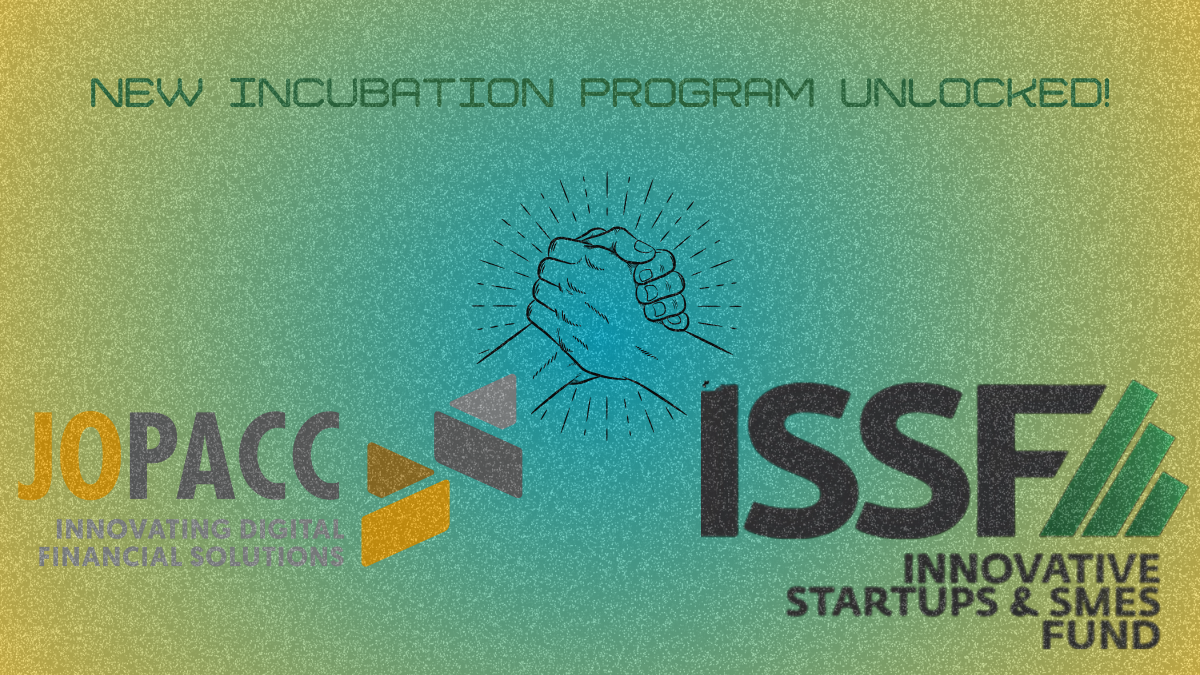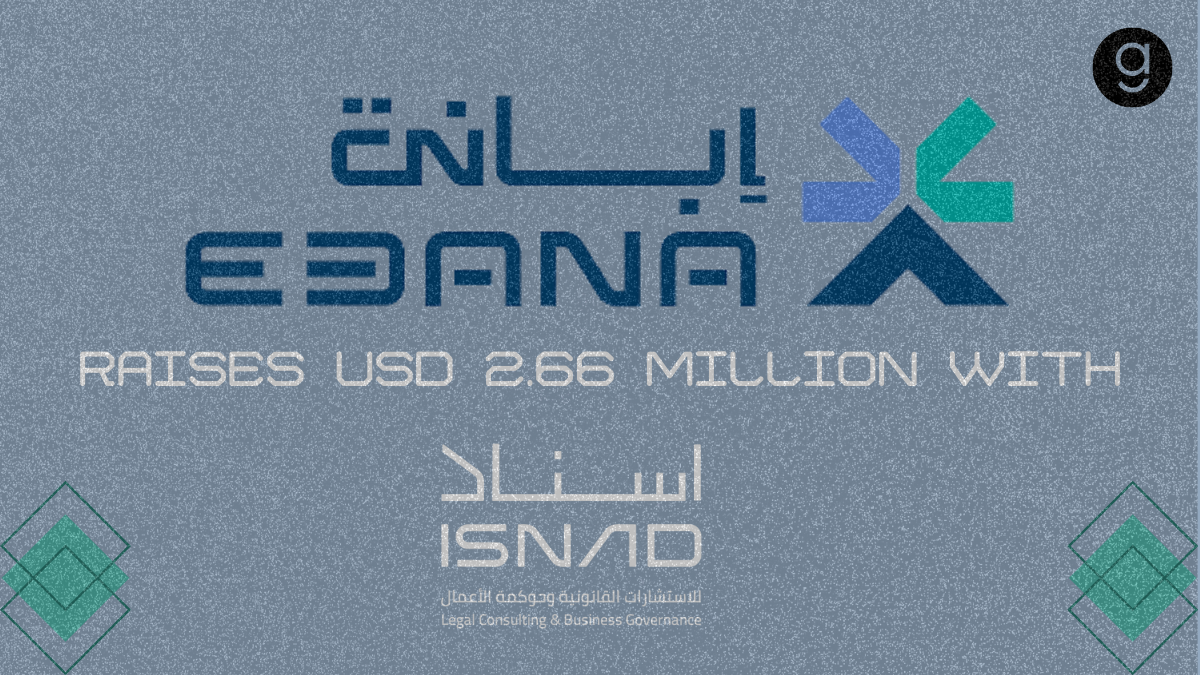LoftyInc Capital Closes $43 Million Third Investment Fund to Boost African Startups

2 min
$43 million secured in the first round of LoftyInc Alpha.
Focus shifted towards late-seed and Series A startups.
Investments to be concentrated in Nigeria, Egypt, Kenya, and Francophone Africa.
Participation from sovereign wealth funds, development finance institutions, and private investors.
LoftyInc Capital previously invested in billion-dollar startups like Flutterwave, Andela, and Wave.
LoftyInc Capital, a leading venture capital firm known for backing early-stage startups in Africa, has announced the first close of its third investment fund, LoftyInc Alpha, with a total of $43 million raised. Unlike its previous funds, which primarily focused on pre-seed and early-stage startups, LoftyInc Alpha will target late-seed and Series A-stage companies.
The fund will maintain a strong geographic focus on Nigeria, Egypt, Kenya, and Francophone Africa, reinforcing LoftyInc’s commitment to fueling startup growth in key African markets.
A diverse mix of investors contributed to this milestone. Notable sovereign wealth funds from the Middle East and Africa participated, including Egypt’s SME Development Authority and Tunisia’s Anava Fund of Funds. Additionally, development finance institutions such as FMO, Proparco (FISEA), AfricaGrow, and IFC played a crucial role. Other contributors include First Close Partners (USA), high-net-worth African investors, and European family offices.
LoftyInc Capital has a strong track record in Africa’s startup ecosystem, having previously invested in Flutterwave, Andela, and Wave, which later became billion-dollar companies. The new fund aims to expand LoftyInc’s influence in Africa’s rapidly growing tech and innovation sectors, providing startups with the capital needed to scale.
With this successful first close, LoftyInc Capital is poised to further strengthen Africa’s startup landscape, offering critical funding to companies poised for exponential growth.
 AI
AI Saudi Arabia
Saudi Arabia UAE
UAE Egypt
Egypt








